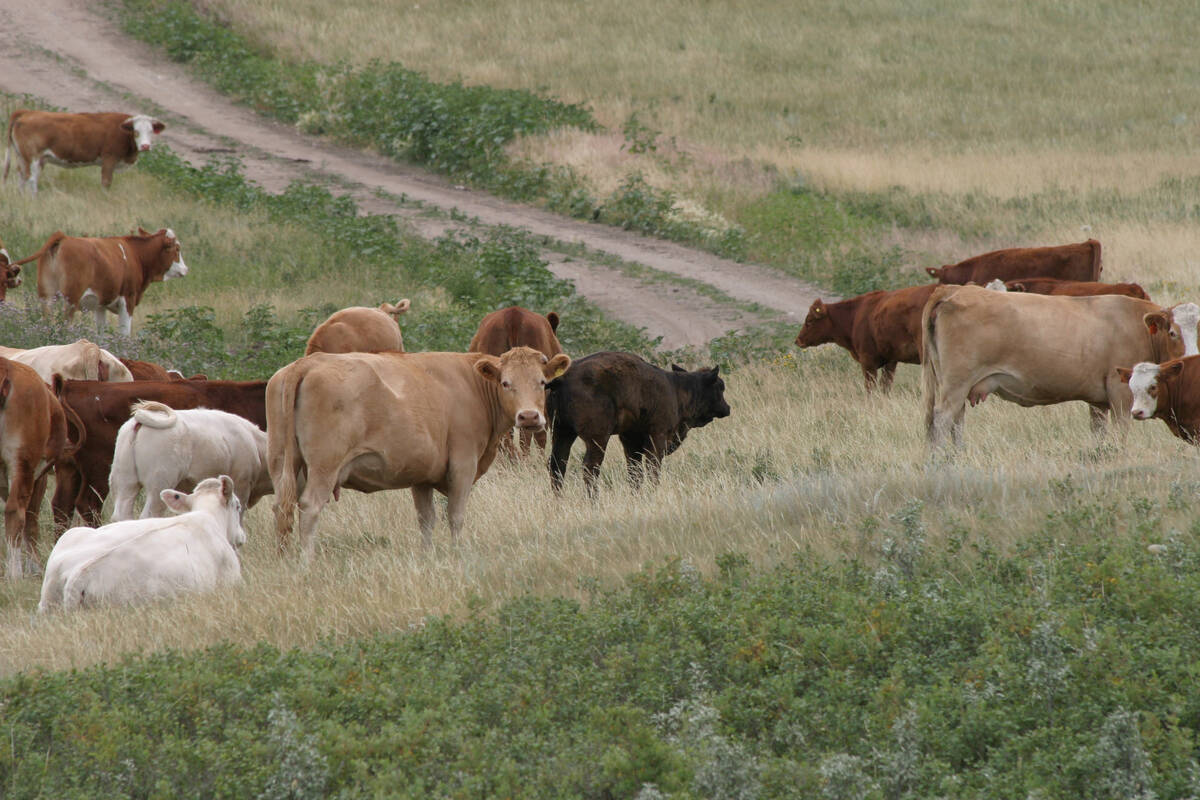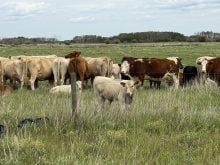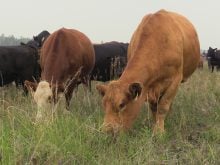This cattle market information is selected from the weekly report from Canfax, a division of the Canadian Cattlemen’s Association. More market information, analysis and statistics are available by becoming a Canfax subscriber by calling 403-275-5110 or at www.canfax.ca.
Fed market remains resilient
The western Canadian fed market continues to remain steady, bringing strong prices yet again during the week ending Aug. 15.
Read Also

House ag committee to undertake several studies
The House of Commons standing agriculture committee has set its agenda for the coming months. Members began the fall sitting with a two-hour update on international trade
Alberta fed steers finished the week at $302.23 per hundredweight, up $1.11 per cwt. from the previous week. Fed heifers strengthened by $2.05 per cwt. to close the week at $299.90 per cwt.
Dressed sales were reported at $505-$506 per cwt. delivered, up $1-$5 per cwt. from the previous week.
All three western Canadian packers showed buying interest, and cattle that traded were scheduled for September delivery.
Interest from U.S. packers was supportive, with light volumes of cattle trading across the border.
The Alberta cash-to-future basis was -$21.06, close to the annual low and $17.05 weaker than the five-year average.
Western Canadian fed cattle slaughter for the week ending Aug. 9 was 37,044 head, two per cent below 2024 volumes.
Year-to-date slaughter is down 7.5 per cent from 2024 and 8.6 per cent below the five-year average.
Very light trade was reported in Ontario, with dressed sales steady with the previous week at $527 per cwt. delivered. Cattle that traded were scheduled for delivery during the weeks of Aug. 18 and Aug. 25.
Eastern Canadian fed cattle slaughter for July and the first week of August was down 24 per cent from last year’s volumes and down 23 per cent from the five-year average.
Canadian fed cattle and cow exports to the United States for the week ending Aug. 2 were 7,712 head, down 22 per cent from last year.
Year-to-date exports are down four per cent from 2024.
Cow prices find stability
The Alberta non-fed market is finding some stability after trending lower for a month, though prices aren’t as strong as all other weight classes of cattle.
For the week ending Aug. 15, D2 cows averaged $218.93 per cwt., while D3 cows brought $199.50 per cwt. Rail grade cows closed the week in the range of $420-430 per cwt.
Alberta D1 and D2 cow prices traded at a discount of $15 per cwt. against the U.S. market, which was the largest discount so far in 2025.
In Ontario, D2 cows finished the week at $218.15 per cwt., and D3 cow prices averaged $178.89 per cwt.
Western Canadian cow slaughter from the week ending July 19 to the week ending Aug. 9 totalled 16,500 head. This is down 17 per cent from last year and is the smallest cow slaughter volume seen in that four-week period since 2011.
Year-to-date Canadian non-fed beef production is six per cent below last year’s volumes.
Canadian beef imports have been strong to make up for the decrease in domestic production, with June’s imports up 34 per cent from last year.
Demand strong for heavier feeders
Feeder prices for heavier-weight cattle set new record highs in mid-August, strengthening by $20-$30 per cwt. over four weeks, and demand continues to be strong.
Canfax analysts report this is not uncommon seasonally, with prices rising over the summer to peak in the second half of September.
Yearling prices have increased, as well as forward delivery calf prices. Based on the July averages, forward delivery calf prices rose by about $20 per cwt.
In terms of forward delivery calf sales for the week ending Aug. 15, Alberta/Saskatchewan steers weighing 600-699 pounds for September delivery averaged $594 per cwt. based at 644 lb.
The same weight range of steers for October delivery averaged $575 per cwt. based at 652 lb.
Buyers in Eastern Canada remain active on the heavier-weight steer calves.
Cut-outs strengthen
U.S. cut-out prices rose again during the week ending Aug. 15, with Choice closing the week up $15 per cwt. Select prices strengthened $13 per cwt. from the previous week.
Choice prices were within $3 per cwt. of the annual high set in late June.
The Choice-to-Select spread was $27 per cwt. Over the course of seven weeks, this has moved from the narrowest spread of the year to one of the widest.

















